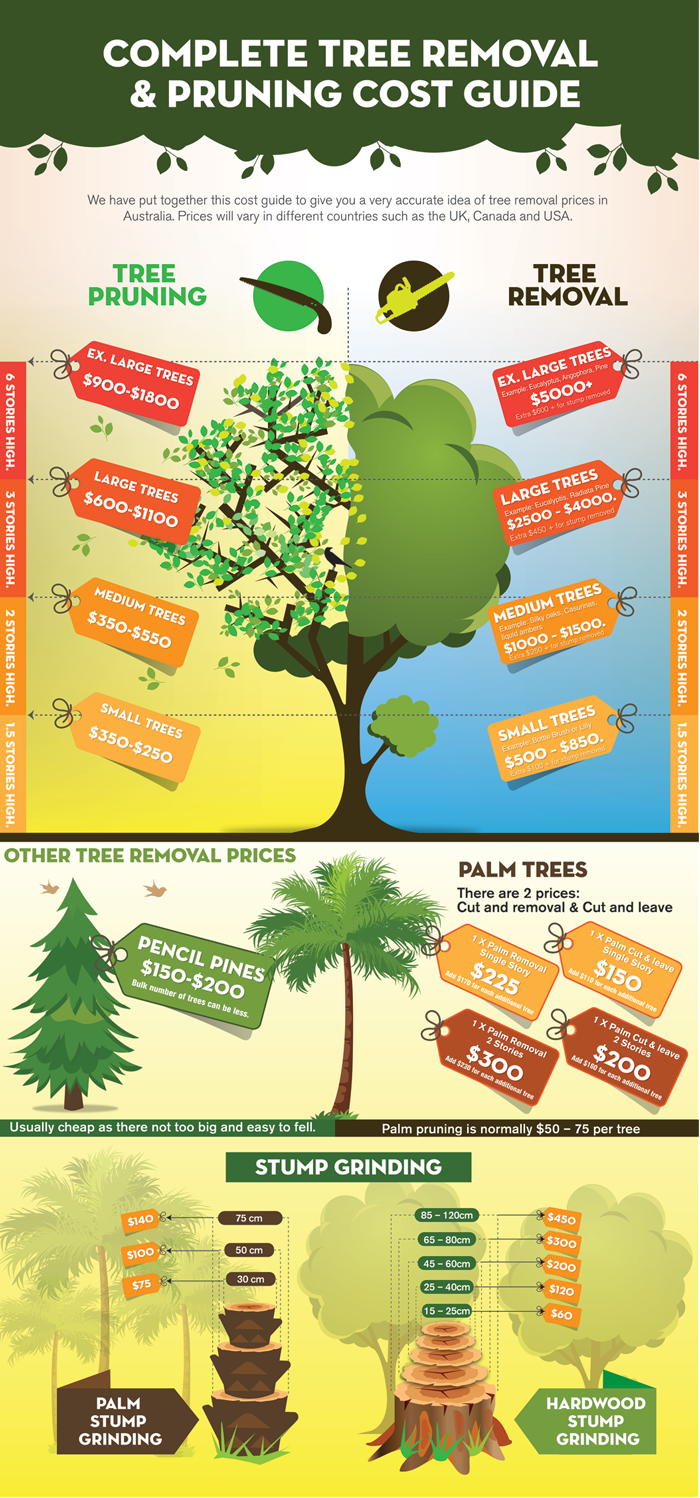Post-Tree Removal Care Is Critical For Landscape Reconstruction; Discover Essential Actions To Renew Your Space And Avoid Future Issues
Post-Tree Removal Care Is Critical For Landscape Reconstruction; Discover Essential Actions To Renew Your Space And Avoid Future Issues
Blog Article
Article By-Tate Cochrane
After a tree's elimination, your landscape may look rather different, and it's important to examine the after-effects thoroughly. You'll want to evaluate the soil disruption and check bordering plants for any signs of anxiety. Neglecting these elements can bring about larger issues down the line. So, what should you finish with those stumps and roots? And just how do you pick the best plants for your revitalized area? Allow's discover these important actions.
Analyzing the After-effects: Examining Your Landscape
After a tree elimination, it's essential to assess your landscape to understand the effect it carries your backyard.
Begin by analyzing the area where the tree stood. Seek indications of dirt disturbance, and examine the surrounding plants for any type of anxiety or damage.
You must additionally bear in mind of exactly how the elimination has altered sunlight direct exposure and air movement in your garden. This change can impact the development of nearby plants, so it's essential to review their wellness.
Take into consideration the visual elements too; the removal may produce an open space that you can redesign.
Ultimately, think about any possible erosion issues that could develop from the tree's absence. Resolving these variables early will aid restore balance to your landscape.
Taking care of Stumps and Origins: Alternatives for Elimination
Once you have actually examined the after-effects of the tree removal, you'll likely require to tackle the stump and origins left.
You have a couple of options for elimination. One efficient method is stump grinding, where a specialist utilizes a maker to grind the stump to below ground degree. This technique leaves very little disturbance to your landscape.
If you like a do it yourself technique, you can use a mix of excavating and chemical stump cleaners. Just remember, this procedure can take time and initiative.
Conversely, take into consideration leaving the stump as a natural attribute, which can function as an one-of-a-kind yard aspect or environment for wildlife.
Whatever you choose, attending to the stump and origins is important for restoring your landscape.
Picking the Right Plant Kingdoms for Your New Room
As you analyze your freshly gotten rid of area, selecting the right plants can considerably improve your landscape's appeal and functionality.
Beginning by taking into https://treerootshousefoundation62839.blog2freedom.com/35284543/prior-to-taking-on-tree-removal-it-is-essential-to-learn-crucial-safety-pointers-and-approaches-that-can-avoid-mishaps-and-ensure-a-successful-task-your-security-goes-to-risk and dirt conditions. For bright locations, go with drought-resistant plants like lavender or succulents. In shaded spots, ferns and hostas flourish well.
Consider the size and growth behaviors of your plants; mix perennials and annuals for seasonal selection. Do not fail to remember to incorporate native types; they require much less maintenance and support neighborhood wild animals.
Group plants in weird numbers for a more all-natural appearance and produce layers for visual deepness.
Ultimately, guarantee you have a mix of colors and appearances to maintain your landscape lively throughout the periods.
Satisfied growing!
Final thought
Finally, recovering your landscape after tree removal is a fulfilling process. By evaluating the consequences, addressing stumps and origins, and choosing the right plants, you'll develop a thriving atmosphere. Do not neglect to integrate erosion control actions to safeguard your soil. With a little effort and treatment, you can transform your area into a vibrant yard that boosts your property. Embrace How To Remove Small Tree Stumps to revitalize your landscape and enjoy the beauty of nature right in your yard!
